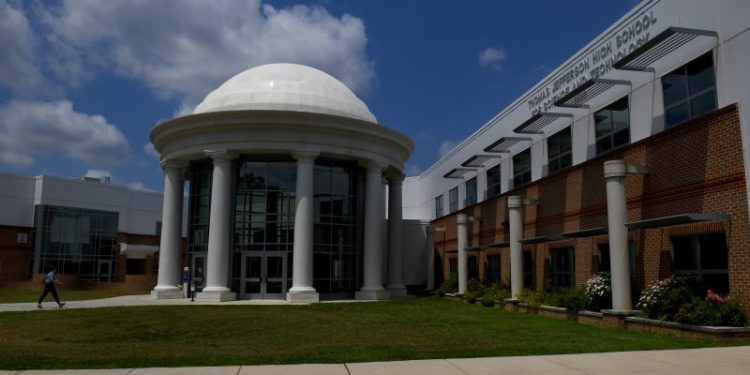The Supreme Court recently decided not to review a case regarding the admissions process at Thomas Jefferson High School for Science and Technology in Virginia. This decision comes at a time when the school has faced ongoing scrutiny over its admissions policies and efforts to increase diversity among its student body.
The case in question involves a group of Asian American students who challenged a new admissions system implemented by the Fairfax County Public Schools, which governs Thomas Jefferson. The revised admissions process aimed to address concerns about the lack of diversity at the school by incorporating a holistic review of applicants that considered factors beyond test scores and grades.
The students argued that the new admissions system unfairly disadvantaged Asian American applicants, who have historically made up a significant portion of the student body at Thomas Jefferson. They contended that the changes were designed to limit their representation at the school in favor of other minority groups.
The Supreme Court’s decision not to review the case means that the lower court’s ruling, which upheld the new admissions process, will stand. This outcome has implications for the ongoing debate over diversity and affirmative action in education, particularly in highly selective schools like Thomas Jefferson.
Supporters of the new admissions system argue that it is necessary to ensure a more diverse student body at Thomas Jefferson and address systemic inequities in the education system. They maintain that a holistic approach to admissions allows for a more comprehensive evaluation of students’ qualifications and potential contributions to the school community.
Critics of the new system, on the other hand, contend that it unfairly penalizes high-achieving students based solely on their race or ethnicity. They argue that merit-based admissions should be the primary criteria for admission to selective schools like Thomas Jefferson, regardless of the demographic makeup of the student body.
The debate over admissions at Thomas Jefferson reflects broader conversations around diversity, equity, and inclusion in education. As schools and institutions grapple with how to create more equitable opportunities for all students, the Supreme Court’s decision not to review the case serves as a reminder of the complex and contentious nature of these issues.

















